Are you sitting at home without doing any physical activity? Well, that’s alarming!
The treadmill is one of your home’s easiest and most convenient exercise machines. You can work on a treadmill while watching TV or using your smartphone.
Isn’t it so good? If yes, then why are you still wasting your time? Get on a treadmill right now!
Treadmill workouts are a popular exercise form that provides numerous benefits, including cardiovascular health, weight loss, and muscle toning.
It’s important to understand that the muscles worked during a treadmill workout vary depending on the type of workout. Running on treadmills would help you in focusing different muscles together. Treadmill workouts can target the quadriceps, hamstrings, heart, glutes, calves, and core muscles.
You can effectively improve your overall fitness and health to reach your fitness goals after engaging these muscles during treadmill workouts.
So, today I will tell you in detail about the treadmill muscles worked, incline treadmill muscles worked, the benefits of the HIIT workout, and detail about the 12.3.30 famous treadmill workout.
Read on!
What Muscles Do The Treadmill Work?
You might think that the treadmill will only help you stay fit and make you lose weight, but this is different from what it exactly does. A treadmill will work out different body muscles, such as your calves, quads, hamstrings, glutes, core muscles, and heart.
1. Heart
You might be surprised how I can put the heart into the treadmill muscles work list as it is not considered muscle. But, lemme tell you that a treadmill can help you maintain a steady heart rate throughout your workout.
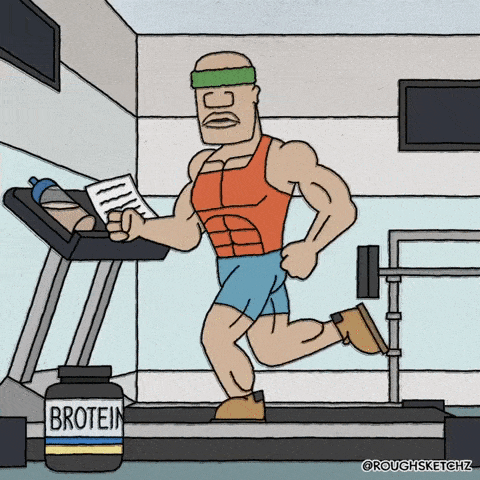
It is an excellent cardiovascular exercise that can improve your heart rate. Running or walking on a treadmill will be beneficial for people with cardiovascular issues or high cholesterol.
I recommend people with heart issues aim for about 60-65 percent of their maximum heart rate, then increase it to 80–85 percent max for 1 minute. Do this alternating slow/fast pace for 20–30 minutes to achieve the best results.
2. Quads
The quads are located in the front of your thighs and are responsible for extending your knees and helping you move forward. As you walk or run on a treadmill, your quads are continuously moving your body forward with each step.
Exercise specialist Yolanda Carson recommends starting at 3.0 to 3.5 speed with an upright posture and tall stride to work the thighs on a treadmill. Maintaining a good speed is also crucial for optimal results.
Good posture is essential for working the quadriceps effectively. For advanced users, Carson suggests turning to the side, reducing weight, and doing little skips to work the lower body with more momentum.
3. Hamstrings
You can work the hamstrings on the treadmill as the treadmill offers an option to run or walk at an incline, which activates these muscles more due to the increased resistance.
During a treadmill workout, the energy is transferred from the quadriceps to the hamstrings. Consistent treadmill use can help tone and strengthen the hamstrings over time.
Using a treadmill can strengthen hamstrings with cardio and focus on strength. Dr. Pomerhock advises an exercise where steps are combined with hip extension and knee bending to loosen hamstrings, increase blood flow, and prevent injuries.
4. Glutes
The glutes, or gluteal muscles, are located in the buttocks and are responsible for hip extension and rotation. A treadmill can indeed be used to work on the glutes.
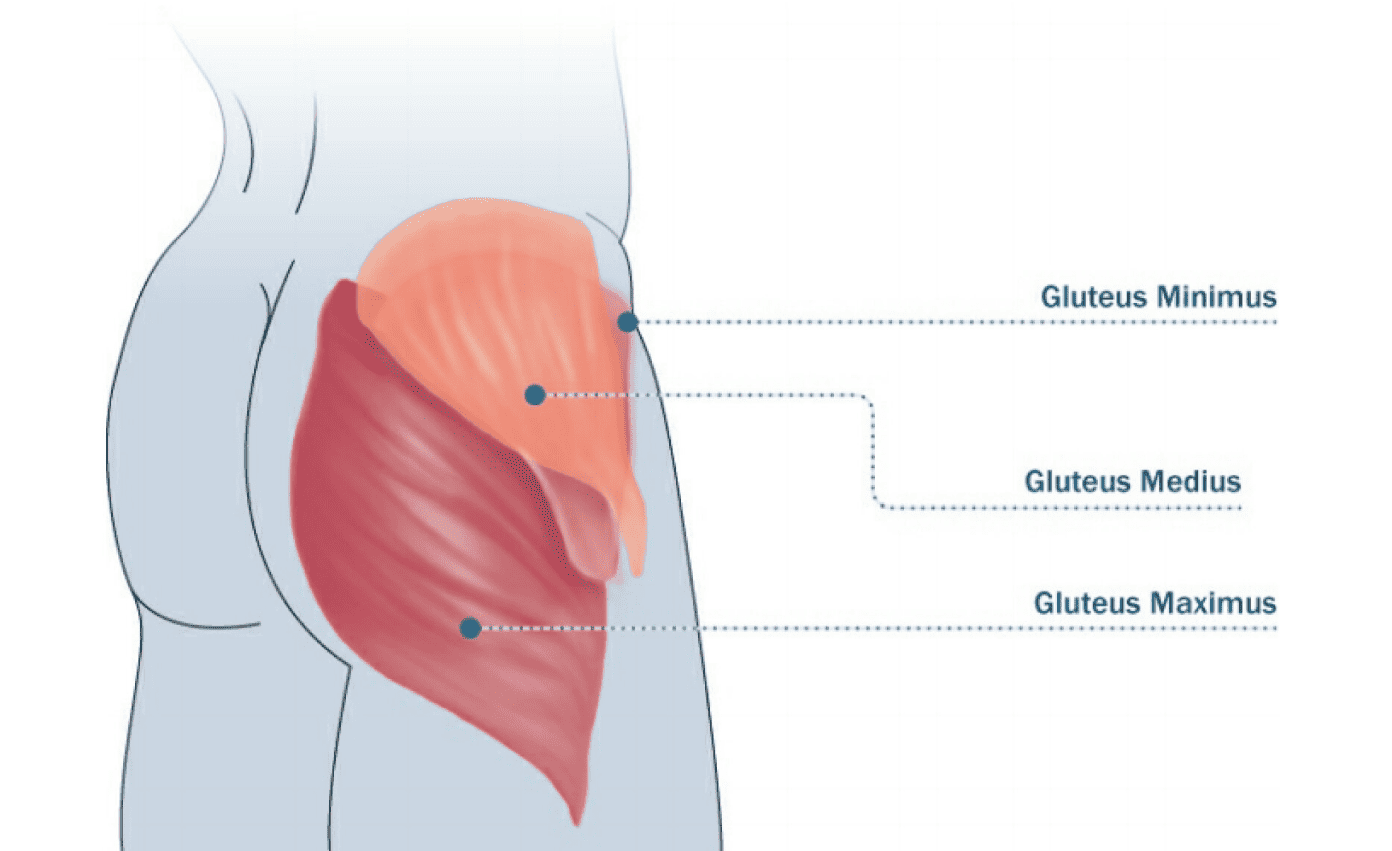
When walking on an incline treadmill, the glute muscles are challenged more than when walking on a flat surface. This can help tone and shape the glutes over time while improving cardiovascular health and lung capacity.
There are a few treadmill exercises that target the glutes in addition to incline walking, such as the 6-5-2-5 incline interval treadmill workout and the 40-minute treadmill walking glute workout.
5. Calves
The calves are located on the back of the lower leg and are responsible for ankle extension. The gastrocnemius and soleus muscles in the calf are worked out when using a treadmill.
The pace and incline of that specific piece of equipment, how long one walks for, their level of fitness, and other variables all affect how much a person’s calves are worked out while walking on a treadmill.
6. Core muscles
Treadmills can strengthen core muscles—such as the abdominals and obliques—crucial for maintaining balance and stability and protecting your spine.
The stomach, pelvis, lower back, and hips are among the core muscles that can be worked out with good posture while walking or running on a treadmill to improve balance and stability.
It is advised to maintain proper posture while using a treadmill by standing upright with your shoulders back, relaxed in line with your spine, and head up. This maintains alignment and frees up your core muscles to perform their function.
Incline Treadmill Muscles Worked
Incline treadmill workouts can target various muscles in the body. The main muscle groups affected include the thighs (The rectus femoris, vastus lateralis, vastus medialis, and vastus intermedius), comprising the hamstrings and quadriceps, as well as the calves and glutes.
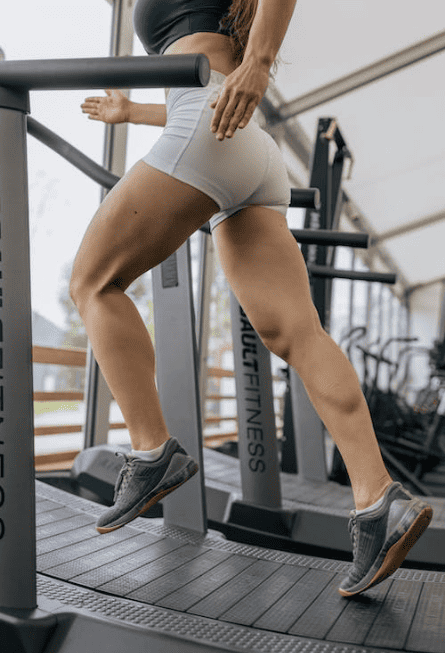
As you increase the incline on the treadmill, the abdominal muscles are activated, particularly when running. The back, shoulders, chest, and arms are also engaged, but to a lesser extent.
Walking or running on an incline enhances leg muscle activation, specifically the muscles of the calves, hamstrings, and glutes. The muscle fibers stimulated and strengthened by incline treadmill workouts are classified as slow-twitch muscles, which can help tone and firm your muscles.
The calves help in maintaining balance on an uphill and add more support for pushing off with each step. To maintain your torso upright in the face of gravity, your core muscles, including your abs and obliques, contract.
HIIT Treadmill Workout
High-Intensity Interval Training (HIIT) treadmill workouts are a popular and effective way to burn fat and improve cardiovascular fitness. You can see your calories burned even after completing just one HIIT workout. By making your body work harder during each interval, this sort of workout helps you burn more calories and fat than ordinary cardio.
HIIT workouts can be done on any cardio machine, but they’re especially effective when performed on a treadmill due to the natural incline built into this piece of equipment.
Dr. Kevin Sarich states HIIT treadmill workouts can burn five to seven times more fat than low or moderate-intensity exercises.
HIIT workouts involve short bursts of high-intensity exercise followed by periods of rest or low-intensity exercise. This type of workout is also great for people short on time, as it can be completed in as little as 20 minutes.
Start your HIIT workout with a 5-minute, moderately paced warm-up and gradually increase the speed as you go. Once you’ve warmed up, speed up for 30 to 1 minute at a difficult pace, then slow down for rest or low-intensity activity.
Repeat this cycle for a total of 8 rounds or 20 minutes. By tapping the treadmill occasionally to keep it awake, you may prevent the machine from shutting off during your workout.
It is important to remember that HIIT treadmill workouts can be adjusted for different levels of fitness. For instance, the inclination of the treadmill can be changed to intensify the workout.
In women with polycystic ovarian syndrome, HIIT treadmill workouts have also been shown to be useful in lowering visceral fat, which is the fat inside or around the abdomen.
You can see clear improvements in your aerobic capacity and blood sugar control in as little as two weeks by incorporating HIIT treadmill sessions into your regular exercise program.
12.3.30 Treadmill Workout
The 12.3.30 treadmill workout is a popular routine created by social media influencer Lauren Geraldo. The numbers in the workout name represent the incline, speed, and duration.
https://www.instagram.com/p/CHnsrjsFblw/?utm_source=ig_embed&utm_campaign=embed_video_watch_again
The exercise is 30 minutes of treadmill walking at a 12% inclination and 3 mph speed. This exercise was really successful in boosting heart rate, burning calories, and toning several muscle groups—including the glutes, quadriceps, and hamstrings—it has become increasingly popular.
This workout has received recognition for its rapid calorie burn and enhanced cardiovascular health which it really deserved.
The body is pushed to its physical limits by the rapid bursts of hard exercise and high gradient, which causes a significant calorie burn that may continue for hours after the workout. The moments of active rest allow the body to recover and become ready for the next round of hard exercise.
The 12.3.30 treadmill workout is well known for its calming effects, which help with stress alleviation and mental clarity. The ability to concentrate on breathing and unwind when using a treadmill at a particular speed, incline, and duration.
Your body will work hard during this workout, but the rewards are worthwhile. Whether you’re a seasoned athlete or just starting to increase your level of fitness, this workout should be a regular part of your exercise regimen.
FAQs
Can a 20-minute HIIT treadmill workout be enough for losing weight?
Yes, a 20-minute HIIT treadmill workout can be helpful in losing weight. Exercises with a low or moderate level of intensity do not burn as much fat as HIIT workouts, which burn between five and seven times as much fat.
Can a 12.3.30 workout be enough for losing belly fat?
The 12-3-30 workout effectively reduces weight, but it shouldn't be your sole weight loss plan. The best approach is a healthy balance of aerobic and strength training. It's important to remember that exercise alone cannot target specific body parts for fat loss (spot reduction). Body fat loss happens throughout, and it depends on your diet and how many calories you burn each day.
Is it OK to use the treadmill every day?
Walking on a treadmill daily is generally safe as long as you are physically fit without any cardiac or breathing problems. You should rest your limbs and joints for two days each week to prevent overuse injuries. Start slowly and switch up your daily workouts to build a safe treadmill streak. Daily walking for 15 to 20 minutes can improve the body's tone and cardiovascular health. To keep safe, however, always speak with a doctor before beginning any exercise program, and exercise only to the extent that you feel comfortable.
Can a treadmill reduce thigh fat?
Yes, as walking on a treadmill is a low impact workout it can surely help you reduce your thigh fat. As it can help with thigh fat loss, you can also add other workouts that can help make it more efficient. Running or jogging on a treadmill can help you in calorie burning, and lunges and squats can tone muscles and enhance physical appearance. But, it is important to remember that a person’s genetics have a role in how body fat is distributed and that this might differ from person to person. While it's possible that some people can reduce their thigh fat by reducing weight, this isn't the case for everyone.
Conclusion
If you wanna improve your fitness, you can start working out on the treadmill as it doesn’t have any requirements.
Anyone with any fitness level or weight can use a treadmill. You may easily exercise in the convenience of your home. I tried to include all details you would be interested in regarding the treadmill muscles’ work.
During a treadmill workout, the heart, quads, hamstrings, glutes, calves, and core muscles are all engaged. Exercises on an incline treadmill can target several muscular regions, including the thighs and abs.
The 12.3.30 treadmill workout and high-intensity interval training (HIIT) are well-known exercises that can help you lose weight, improve your cardiovascular health, and exercise different muscle groups.
I would advise you to exercise with good form at all times because doing so will help you build stronger muscles throughout your body. Depending on your goals for fitness, you can work out on a treadmill with different intensities.
